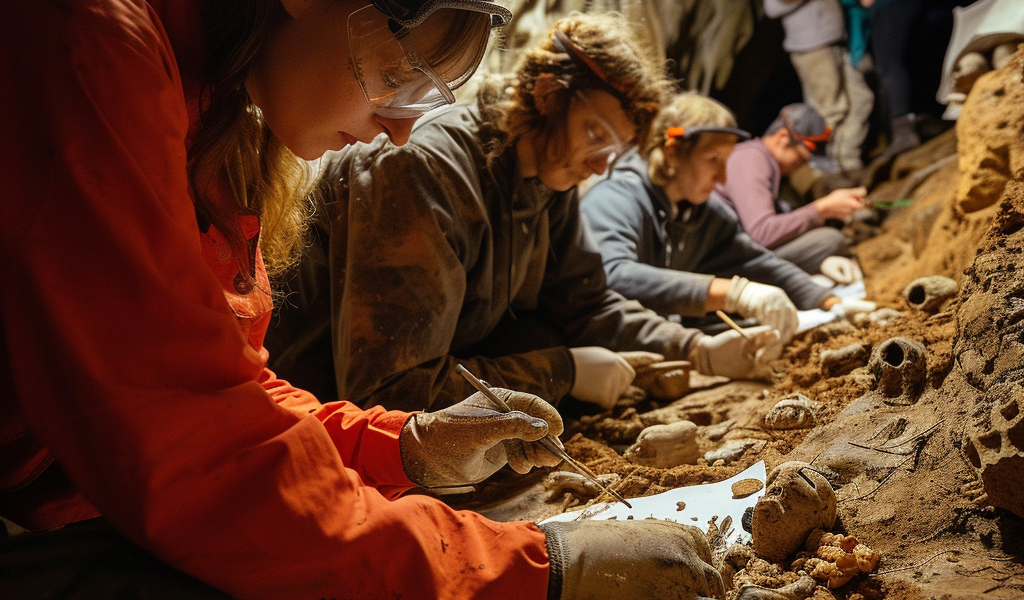A recent study published in Nature has shed light on the presence of Homo sapiens in central and northwestern Europe around 45,000 years ago, challenging previous assumptions about the timeline of human migration and interaction in the region.
The research, conducted at the site Ilsenhöhle in Ranis, Germany, involved the analysis of human remains associated with the Lincombian–Ranisian–Jerzmanowician (LRJ) technocomplex, a significant archaeological find that has puzzled scientists due to the unknown identity of its makers. Through morphological and proteomic taxonomic identification, mitochondrial DNA analysis, and direct radiocarbon dating, the study revealed that these human remains represent some of the earliest directly dated Upper Palaeolithic H. sapiens in Eurasia.
This discovery challenges previous notions that late Neanderthals persisted in western Europe for several millennia after the arrival of H. sapiens in eastern Europe. The presence of early H. sapiens associated with the LRJ technocomplex in central and northwestern Europe suggests a more complex and earlier human presence in the region than previously thought.
The findings also emphasize the coexistence of distinct human populations and technocomplexes during the transitional period from the Middle to Upper Palaeolithic in Europe, complicating our understanding of the behavioural adaptations and interactions between different hominin groups.
This study contributes to a deeper understanding of human migration and interaction in Europe during this crucial period in prehistory, highlighting the need for further research to unravel the complexities of our ancient human ancestors.





